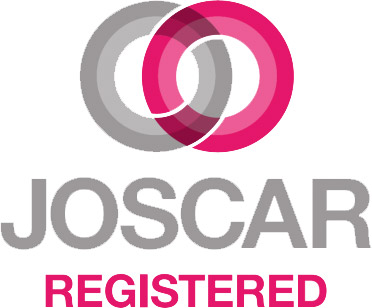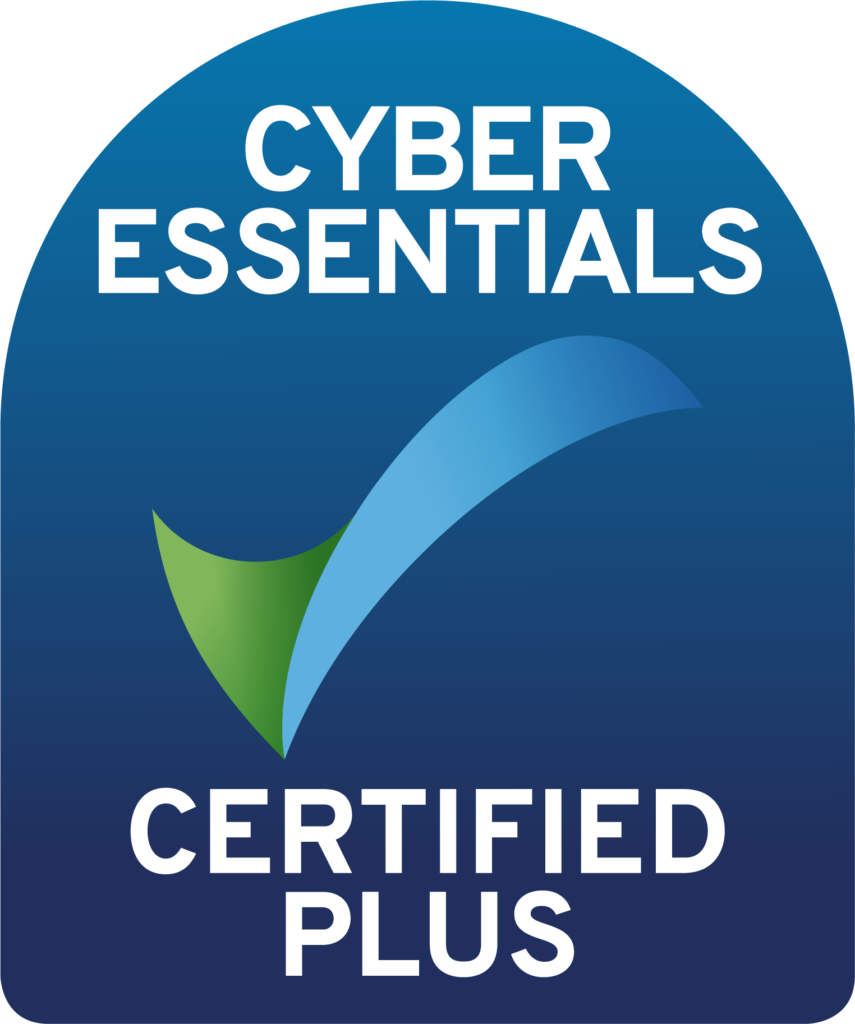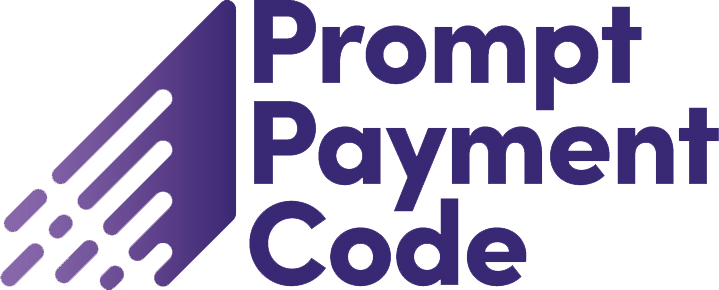Risk management software can be a powerful platform to help improve the way your organization delivers projects. With businesses still committed to tracking projects through Excel spreadsheets, implementing a new software system goes beyond technology deployment; it is an organizational behavior shift. All too often, we see organizations invest in a software tool only to struggle to realize the benefits—enhanced project visibility, minimized risk, improved team communications and accurate tracking—due to poor implementation.
First published in Risk Management on September 1st 2016
Several key steps can help combat this, driving successful adoption of risk management software.
1. Understand the Risk
Understanding your organizational risk has to be the starting point. By having structured deliverables, and being realistic and honest about your risks, you can scope out the role software will play in enabling and supporting your activities.
Starting small is the best advice here, building in additional processes as the project gathers momentum. Resist the urge to solve all your challenges on day one. Iterative steps will help your team see the benefits sooner, therefore building confidence. Working in key stages is a great approach, potentially beginning with platform ambassadors. Starting in areas where you can quickly drive visible wins will also help buy-in.
2. Prepare Your Users
Implementing a new risk management system is a significant shift in your organization’s culture. It demands new expectations, processes and behaviors from employees who may not recognize the immediate benefit, choosing instead to focus on the downside, such as the time lost to software training and familiarization.
Showing users the benefits, both for them and the organization as a whole, will clarify the purpose and value of what they are doing. It is critical to dedicate some time to helping employees develop a bigger-picture perspective of how this ties into organizational strategy, enhances existing processes and, ultimately, makes their lives easier, helping users see the benefits for themselves.
Some businesses have had great success when they created a dedicated rollout and adoption team, with appointed ambassadors tasked with driving change and employee engagement. Shaping the right environment for this change is also important. Support your rollout team with a strong plan and consistently communicate the key benefits with your employees.
3. Ensure a User-Friendly Experience
A positive user experience encourages adoption, so ensure your risk management platform is intuitive, especially for team members who do not use it every day. Configure the system so it is relevant across different types of user profiles, omitting features they are not going to use.
Getting the balance right on training is also important. Users need enough so that they feel confident and empowered to use the platform but not over-burdened. Your risk management software partner should provide targeted training and coaching to maximize a positive user experience. Make it easy for users to get support too, be it through selected super-users, quick guides or manuals. Super-users are experts who have an in-depth knowledge of the product and can be on hand to help the wider team. For risk managers and project owners this gives back the time and resources to drive strategic activities. Access to a friendly, knowledgeable helpdesk can also make a significant difference.
4. Engage at All Levels
A risk management software platform is only as good as the team using it; commitment to the process from all levels is vital for success. It is critical to have strong leadership and a secure commitment from the top, which ideally can be achieved by appointing a board director as the sponsor. Ensure senior executives are using the platform and share outputs so that users can see that they are involved as well.
Understand existing pain points and demonstrate how your new implementation will address them. Getting input from employees in both the planning and operational phases can transform your project outcome. Once the software platform is live, invite employee feedback. Delineate roles and responsibilities clearly, ask questions and listen.
5. Track and Communicate
You cannot manage what you cannot measure. Ensuring your adoption process is underpinned by the right tools to track your project is key. By establishing metrics at the outset, you can both measure and share success. Key performance indicators that show how users are complying with the process are a great way to start.
Effective reporting will boost support from key stakeholders, as well as influencers at a more senior level. Capture the right level of detail—topline for your management colleagues and a more detailed overview for key departments—to help drive departmental and personal ownership. Building communication into your deployment is also key for success and creates transparency throughout the project. Adding company and project logos to reports may help personalize this feedback for your business, which can subtly boost buy-in and ownership.
Adoption is an ongoing process. Review your new implementation within three to six months of rollout to understand whether the configuration is meeting organizational needs, refine, and then revisit annually.
6. Lead by Example
As a risk manager, you are perfectly placed to be your own risk software evangelist. Set an example by embracing the new opportunities and enhanced efficiencies delivered via your program. Really make a visible effort to use the software to drive your own workflows and business processes within the project.
As a committed user yourself, you will also be able to educate users by communicating the “why” of the implementation, demonstrating to colleagues the value the platform can bring to them.












